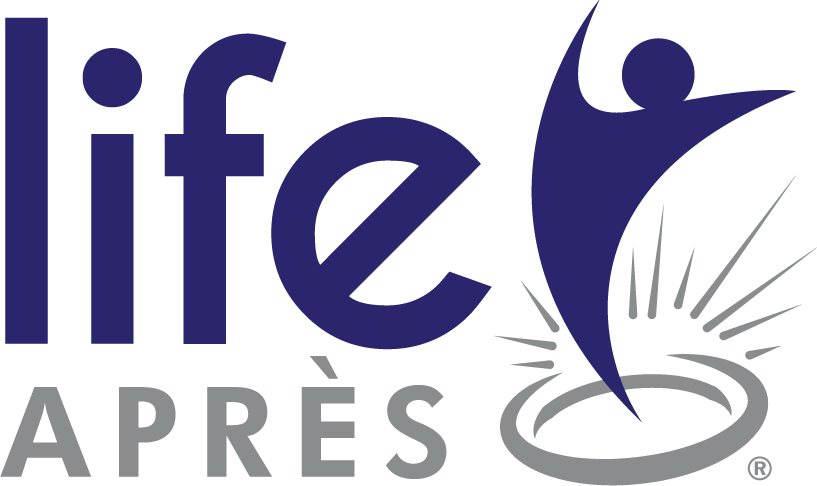With nearly 2.2 million women having left the U.S. labor market since the beginning of the pandemic, women’s workforce progress is spiraling backwards. Working mothers have been forced to quit or drastically reduce their hours as balancing work, childcare responsibilities, and remote school have become untenable.
Let’s move beyond the statistics and start the difficult work of helping women rebuild their careers. Doing so will help companies find talent with the specific skill sets they need and avoid some of the high costs associated with turnover. More importantly, it may ensure that women’s progress in the workplace isn’t set back an entire generation. Here are five ways business leaders can immediately lay the groundwork for bringing women back into the workforce after the pandemic.
Offer a pandemic leave of absence.
The Family Medical Leave Act (FMLA) allows eligible employees to take up to 12 work weeks of leave during a 12-month period for certain family and medical reasons. It’s been criticized over the years for its limitations and has continued to fail women and their families during the pandemic.
In the absence of stronger government policies, businesses must step in to bring women back into their organizations. Start by offering a pandemic leave of absence for a 12- to 18-month period. This can be unpaid, but benefits should be covered. At the end of the leave, your obligation is to guarantee employment at the same level and the same salary, but not necessarily the same job.
Criteria for your pandemic leave policy can focus on women who were identified as high performers before the pandemic and who report to you that they may need to resign due to schools and childcare options being unavailable. This is an opportunity to keep them with your organization and at the same level of seniority. They’ll value your support and loyalty and be less likely to seek employment elsewhere when they are ready to return.
Remove pandemic gap year bias.
Women who are forced to exit the workforce will face bias due to the employment gap on their resume. Candidates with resume gaps may be viewed as unambitious or lacking skills and have a 45% lower chance of receiving interviews than those without them.
Organizations have to encourage women to be open about “the pandemic gap year” on their resumes and LinkedIn profiles. They can do so by publicly sharing their commitment to bringing women back into the workforce, being clear that they won’t discriminate against those who had to take time away during the pandemic. Leaders must also remove their biases against it and focus on candidates’ skills and prior experience.
Implement diverse slates of candidates.
As you work to remove bias against the pandemic gap year, ensure that other biases aren’t preventing women candidates from being considered. Thanks to the “two in the pool effect,” a woman’s odds of getting hired are 79 times greater if there are two woman candidates in the pool of finalists.
Educate recruiters and hiring managers on diverse candidate slates before implementing one, and consider piloting it in areas of the organization where you’ve seen high voluntary attrition of women. Tools like Greenhouse can help you track data and make better hiring decisions. Share the success you have with the rest of the organization to help with rollout.
You can also partner with firms that can help you source talent with strong pipelines of women candidates. Audeliss, The Rich Talent Group, and Mathison are three standout organizations that can help you achieve diverse slates and bring more women into your organization. As search firms, they serve as advisors to both the company and to candidates and can play an important role in advocating to remove the stigma around women looking to re-enter the workforce. If you do partner with a search firm, include an inclusion rider in your contract, requesting slates that include women who have been out of work due to the pandemic.
Scale return-to-work programs.
Returnship programs have been growing in popularity and provide an opportunity for organizations to attract great talent and for individuals to re-enter the workforce after time away. Now’s the time to create a returnship program for women. If you already have one, now’s the time to think about how you’ll scale it for after the pandemic.
Hubspot’s Returner’s Program is a 20-week program offered twice a year that comes with skills training, support, and the potential for a full-time job. Fitch Group Women Returners is a 10-week, full-time, paid internship for financial professionals looking to restart their careers. Path Forward is a nonprofit helping over 75 companies including Walmart, Netflix, and PayPal create returnships. Path Forward reports that more than 80% of their participants have been hired by the companies where they completed their returnships.
Reskill women.
Companies in industries that are predicted to rebound quickly and do well in a post-pandemic world should take this opportunity to reskill women in certification programs. Graduates should be placed into roles upon completion, with an assigned coach and a company mentor for the first year as they transition. Companies that have done well during the pandemic like Google, Facebook, Amazon, and Apple could reinvest their profits into paying women to complete specific upskilling programs.
This is the time for companies to take steps to support their women employees — both now as the pandemic continues and after it ends. The ones that do will not only see benefits in terms of hiring and costs, but they’ll also help mitigate the backwards spiral of women’s workforce progress.
